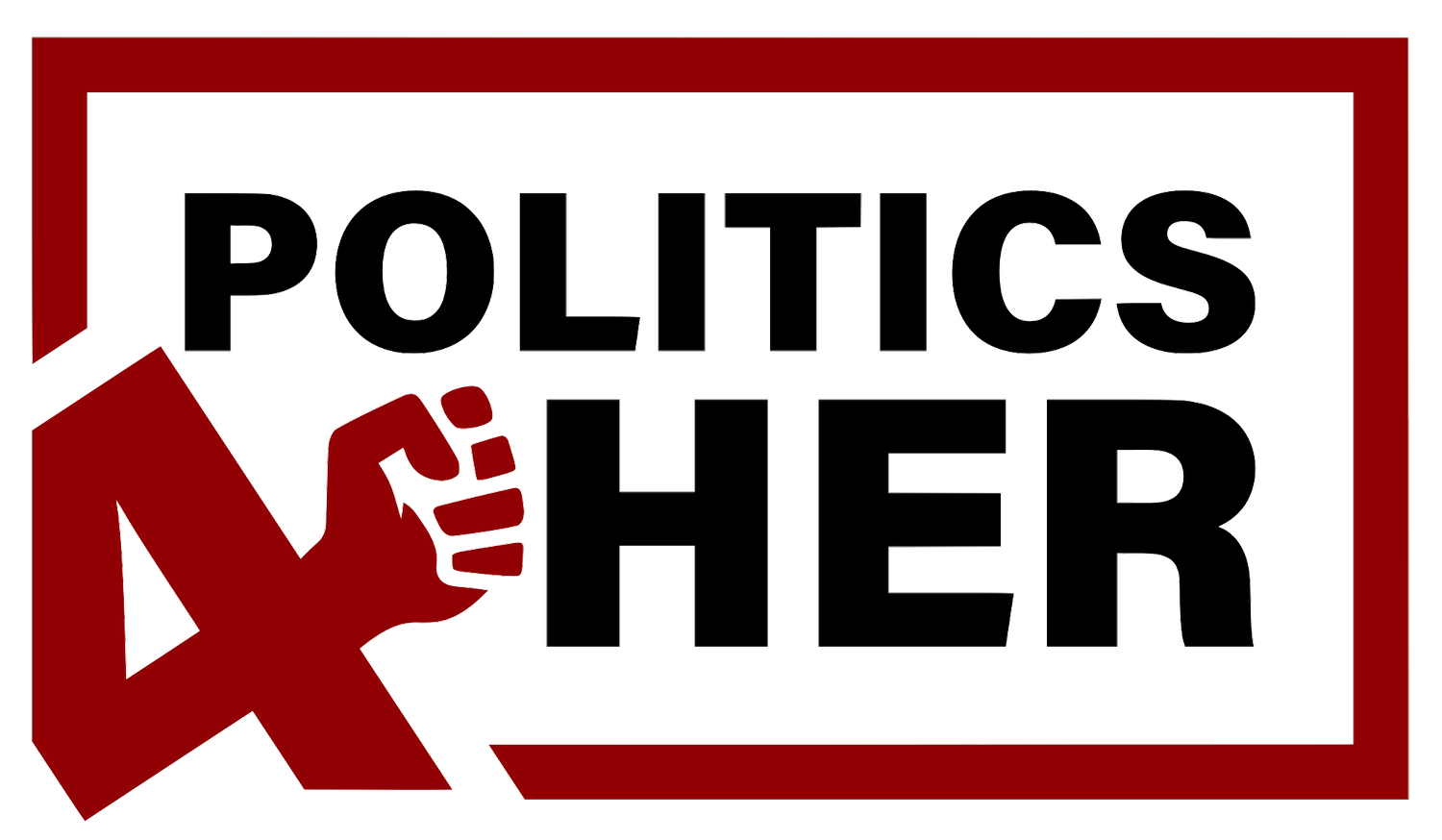White Beauty Standards: Colonialism Still Exists In The Way We See Ourselves
Fair skin, straight hair, slim nose, light colored eyes: these are the beauty standards I grew up hearing around me, in Morocco; a country in North Africa where most women don’t really match those characteristics, a feminine beauty ideal that certainly comes from elsewhere.
Growing up I realized that those are the beauty standards all around the world, not just in my country. I was amazed to see all these Ads in Seoul metro stations about the Double Eyelid surgery or the Western Rhinoplasty to make your nose look more western. Clearly, the beauty ideal is white and this is also the main concept of colonialism: White is better, white is smarter, white is more beautiful; a concept that is being reinforced by the beauty industry in different ways, such as cosmetic products to make your skin whiter and your hair silkier.
This global beauty myth does not only affect women’s self-esteem but it is also a part of internalized racism that many people don’t acknowledge, it creates sort of a discrimination based on physical aspects, it can have a huge impact on access to work, to healthcare and even in personal relationships. Those discriminations can be divided into three main categories:
-Colorism: a discrimination towards dark skinned people and privileging those with lighter skin tones, colorism emerged long time ago with the belief of white skin superiority and the enslavement of people in the United States. European philosophers and physiologists have also played an important role in defining what is considered to be beautiful today, Johann Blumenbach (1752-1840) classified human races in 5 categories (Caucasian, Mongolian, Malayan, Ethiopian, American) and ranked skin color in a direct hierarchy, starting with white as the most beautiful skin tone and finishing with tawny-black as the ugliest one. Christoph Meiners (1747-1810) was also a very early practitioner of scientific racism, in his book “The Outline History of Mankind” he split mankind into two stocks which he labeled “The Beautiful White Race” and that includes Celts, Sarmatians and oriental nations, the rest was referred to as “The Ugly Black Race” which he didn’t only consider to be inferior, ugly, immoral, but he also assumed that black people are less sensitive and can tolerate extreme pain easily, just based on their skin color. It was only until 1940 that black women were able to participate in Miss America Pageant, before that they were not allowed. And until this day “white” is still considered the normal color, if you go to shop for a foundation in any makeup store “natural” or “nude” is for white skin tones and black is usually called “chocolate” or “caramel”.
-Texturism: is a discrimination towards people with afro-textured hair and a belief that the looser the texture, the closer it is to whiteness, therefore the more idealized and fetishized it is. In many schools and workplaces afro hair isn’t allowed and women are obliged to “relax” their hair in order to fit in the dress code, because “straight hair is more professional” based on white supremacists. I myself suffered from texturism when I was a kid as many professors would ask me to tie my hair in class because it wasn’t disciplined, I also remember how my hair got shaved on Photoshop for my first passport picture.
-Featurism: is a discrimination towards people with non-white features and a preferential treatment of those with features that are closer to white beauty standards and therefore viewed as more palatable and beautiful. Many movements tried to address this issue in the past and among them there was the Indigenismo Movement in Mexico that sought to negate Spanish heritage in the country, one of its icons was Frida Kahlo who used to paint herself dressed in traditional clothes with visible facial hair, as a way to reject colonial beauty standards.
If you give it a second thought you’ll realize that colonialism isn’t a thing of the past, it still exists within us, in the way we see others and the way we see ourselves, and the biggest proof to it is the expression Mejorar la raza which can be translated into improve the race (in Arabic: تحسين النسل), an expression that still exists and is used very casually on daily basis among families and friends, along with other expressions that do nothing but confirm white supremacy.
Now please remember to decolonize your mind and un-learn those beauty standards, it takes time, work and energy but we can just start by avoiding the use of any expression that can be linked to colorism, texturism or featurism and also raise awareness around us.
Sources:
https://www.shs-conferences.org/articles/shsconf/pdf/2017/01/shsconf_icome2017_00048.pdf
https://www.milleworld.com/fr/signs-of-colonial-mentality/
https://www.cairn.info/revue-internationale-et-strategique-2009-1-page-121.htm
https://www.ncbi.nlm.nih.gov/pmc/articles/PMC2151154/
https://www.drbustillo.com/blog/more-asians-having-western-rhinoplasty
https://time.com/4512430/colorism-in-america/
https://mcsmrampage.com/2021/01/fatoumata-1a-jan/
https://www.thoughtco.com/what-is-colorism-2834952
https://en.wikipedia.org/wiki/Christoph_Meiners
https://www.huffpost.com/entry/mejorar-la-raza-an-exampl_b_7558892
https://en.wikipedia.org/wiki/Indigenismo
About the author:
Salima Elkhemri was born and raised in Morocco, she is currently living in Paris where she pursued her masters degree in Business and Administration and she is now working in a software company. Highly interested in intersectional and post-colonial feminism, that was her biggest motivation to join Politics4her.
